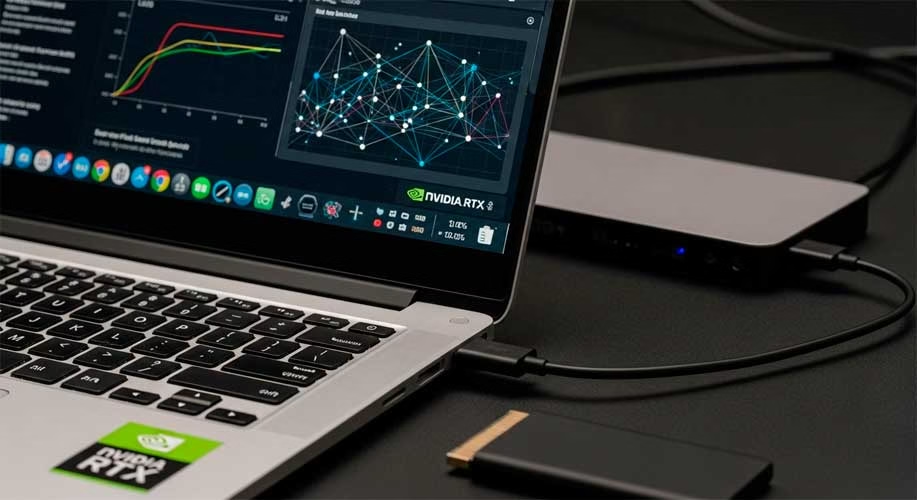You don’t have time for slow builds, flaky keyboards, or battery anxiety. If you’re juggling lectures, labs, and late-night hackathons, the best laptops for programming students are the ones that stay fast under pressure, handle containers and virtual machines without coughing, and feel great to type on for hours. Between compilers, IDEs, browsers with 30 tabs, and the occasional GPU-heavy task, you need a balanced machine that nails performance, portability, and price—without turning your backpack into a kettlebell.
Quick Picks: Best Overall, Best Value, Best for Python, Best for Machine Learning, Best for Game Development, Best Budget
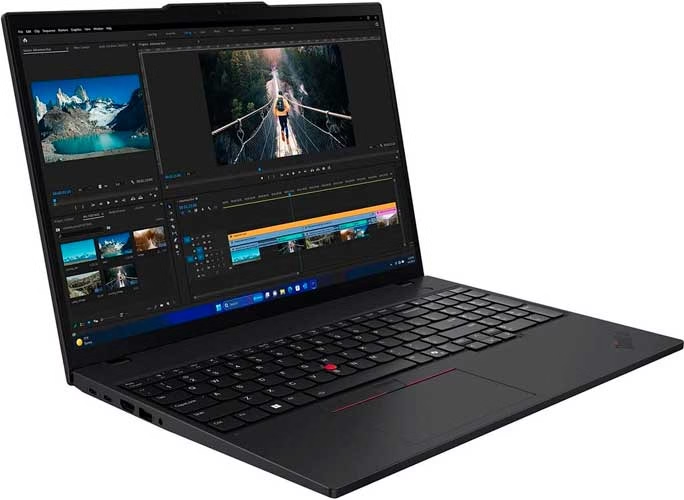
How I judge winners: snappy CPU, 16–32GB RAM, fast NVMe (≥512GB), reliable keyboard/trackpad, long battery, and cooling that sustains performance.
- Best Overall — Apple MacBook Pro 14 (M4, 2024): Mini-LED display, top-tier sustained performance, excellent battery, wide port selection; a superb “do-it-all” dev machine. Windows alternative: Dell XPS 14 (9440) for a premium 14-inch with TB4 and great build.
- Best Value — Lenovo ThinkPad T16 / ThinkPad E14: Business-class durability, great keyboards, and upgradeable storage/RAM on many configs; ideal for students who prioritize serviceability and ports.
- Best for Python — Apple MacBook Air 13 (M4, 2025): Efficient, quiet, and all-day battery for notebooks + virtualenvs; pair with 32GB if you juggle Docker, Jupyter and lots of tabs.
- Best for Machine Learning (local GPU) — Asus ROG Zephyrus G16 (AMD + RTX 4070): Strong mid-to-upper-tier dGPU in a portable chassis; far better efficiency than older Intel configs. If you don’t need a local GPU, go lighter and rent cloud GPUs on demand.
- Best for Game Development — Asus ROG Zephyrus G14 (2025): Compact dGPU rig with a sharp 14″ 3K 120Hz OLED and plenty of horsepower for Unreal/Unity; note heat and battery trade-offs.
- Best Budget — Business/edu lines with recent Ryzen or Core Ultra (e.g., HP ProBook/EliteBook, Lenovo E-series) with 16GB RAM and 512GB NVMe; spend savings on an external monitor + keyboard for a bigger productivity boost than a pricey spec bump.
ARM caveat (Windows): Surface Laptop 7 (Snapdragon X Elite) is fast and efficient with good multi-monitor stories, but double-check toolchain compatibility if you rely on niche x86 tools/drivers.
Buying Guide for Coding Students: What Actually Matters (CPU, RAM, Storage, Keyboard, Battery, Ports, Displays)

CPU. Modern Apple/Intel/AMD chips are all capable; prioritize sustained performance (cooling) over short turbo bursts.
RAM. 16GB minimum, 32GB ideal for Docker + IDE + browsers. In my case, 16GB worked until I stacked Docker + extensions + a tab fiesta; at 32GB the system felt “unblockable.”
Storage. 512GB NVMe floor; 1TB if you keep datasets/SDKs locally. User-replaceable SSD is a long-term win.
Keyboard & trackpad. Comfort = productivity. I’ve done 6–8-hour coding marathons where a good keyboard prevented fatigue.
Battery life. Aim for 10+ real hours (coding + Wi-Fi). Efficiency matters as much as capacity; Apple’s latest Pro and Air models are standouts here.
Ports & connectivity. Two+ USB-C with DP alt-mode, preferably Thunderbolt 4/5; HDMI for classrooms; Wi-Fi 6E/7 for better campus networks. External-display support varies by platform—verify before you buy.
Display. 14–16″ 16:10 panels are friendlier for code. 120Hz is nice to have; brightness of 400+ nits helps in bright rooms.
Laptops for Coding by Use Case (With Model Examples)
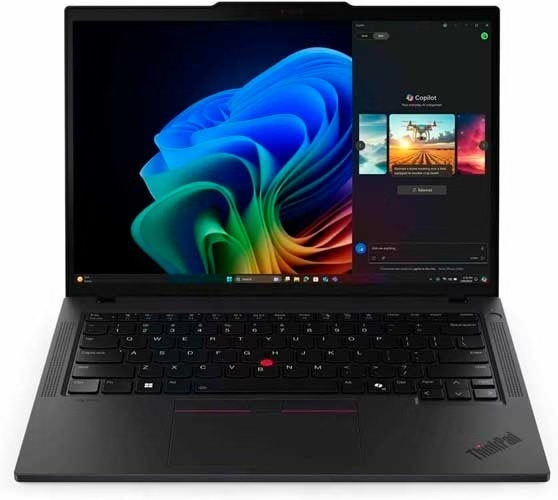
Web development & general coursework.
- Apple MacBook Air 13 (M4) — cool, silent, long battery; perfect for IDEs, browsers, Node/Python runtimes.
- Dell XPS 14 / Lenovo ThinkPad T14/T16 — Windows alternatives with TB4, excellent keyboards, and docking options.
Data pipelines & backend services.
- Favor 32GB RAM and sustained CPU.
- MacBook Pro 14 (M4) or ThinkPad X1 Carbon Gen 12 if you want premium portability + great typing.
Cross-platform & mobile.
- Toolchains (Android Studio/Xcode) love storage and memory: 1TB NVMe + 32GB RAM recommended on XPS 14 / X1 Carbon / MacBook Pro 14.
ARM on Windows (dev tooling check).
- Surface Laptop 7 (Snapdragon X Elite) is efficient and can happily drive multiple externals via docks; verify niche tools first.
Laptops for Python Programming: Smooth Virtualenvs & Data Workflows
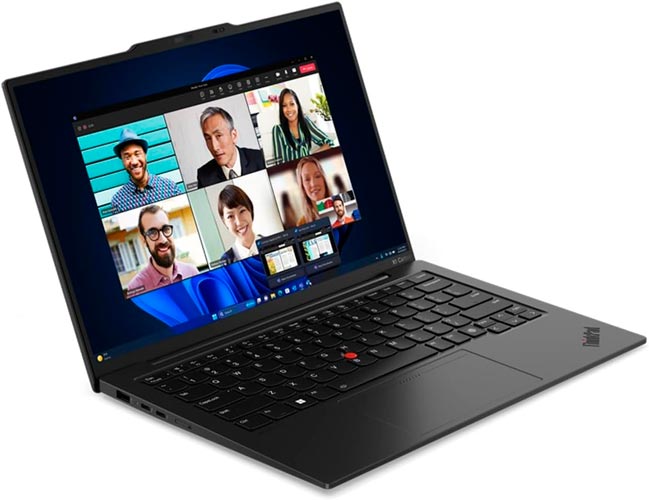
For laptops for python programming, prioritize RAM (32GB for heavy pandas/Polars), quiet cooling, and a comfortable keyboard.
Great picks:
- MacBook Air 13 (M4) — snappy, silent, and all-day endurance for notebooks + docs.
- Lenovo X1 Carbon Gen 12 — excellent keyboard and portability on Windows; pair with a dock for dual monitors.
In my experience, when I ran Dockerized notebooks plus a DB and VS Code, 32GB prevented the swap spiral that makes everything feel laggy.
Laptops for Machine Learning: When You Really Need a GPU
If your course requires training locally, a dGPU and ample VRAM matter.
Smart picks:
- Asus ROG Zephyrus G16 (AMD + RTX 4070) — efficient chassis with serious ML/gaming headroom.
- (Caution on premium dGPU rigs) Some Razer Blade 16 (2025) users and reviewers reported hardware/software issues this year; research current batches/support before paying a premium. If unsure, consider cloud GPUs with a lighter laptop.
Laptops for Game Development: Engines, Builds & Thermals
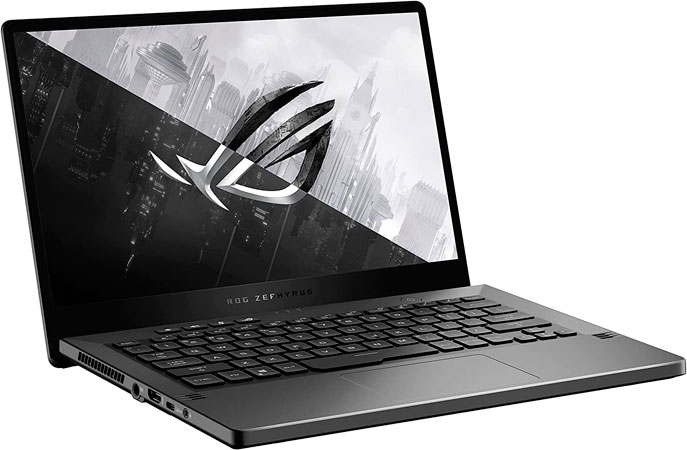
Game engines chew through CPU/GPU simultaneously; cooling is king.
Recommended:
- Asus ROG Zephyrus G14 (2025) — potent 14″ 3K 120Hz OLED, compact for campus; expect heat and modest battery under load.
- Dell XPS 16 / Zephyrus G16 — larger cooling budgets suit long Unreal/Unity sessions; 32GB RAM is the “don’t think about it” number.
When I compiled larger projects, more thermal headroom cut build times noticeably.
Battery Life, Thermals & Noise: Staying Productive All Day
A great programming laptop doesn’t just burst—it stays fast:
- Efficient silicon + big batteries = fewer chargers in your bag (e.g., MacBook Pro 14 endurance headlines).
- Favor chassis with honest cooling over ultra-thin designs that throttle early.
Ports & Multi-Monitor: Reality Check (TB4/TB5, HDMI, USB-C Alt-Mode)
- TB4/TB5 or USB-C DP alt-mode for docks + dual displays.
- HDMI still clutch for classrooms.
- Platform limits vary (e.g., MacBook Air generations and multi-monitor quirks; Windows on ARM getting better with docks). Always verify your target setup.
Windows, macOS or Linux? Dev Tooling, ARM Caveats & Compatibility
- Windows (x86): broadest hardware choice; great with WSL/Linux later.
- macOS: polished dev experience, strong battery life.
- Linux: maximum control—pick hardware with good driver stories (business lines help).
- Windows on ARM: fast and efficient; verify specific toolchains and drivers before committing (good developer stories on Surface Laptop 7 with docks, but not ideal for heavy CUDA).
Setup Tips for Students: IDEs, Containers, and Version Control
- Keep IDE extensions lean—plugins, not hardware, often cause slowdowns.
- Docker: compose profiles, memory limits, prune often.
- Git: pre-commit hooks for format/lint save pain later.
- Backups: external SSD + cloud.
- Ergonomics: an external keyboard + vertical mouse can beat a marginal CPU upgrade.
FAQs
How much RAM do programming students really need: 16GB or 32GB?
16GB is fine for light workloads; 32GB is ideal for Docker, multiple services, and heavy IDEs.
Is an Apple M-series MacBook better than a Windows laptop for coding?
Depends on your stack. macOS excels at polish/battery; Windows wins on hardware variety/legacy tools; Linux gives maximum control.
Do I need a dedicated GPU for machine learning or game development?
Yes, if you train locally or live inside engines. Otherwise, a lighter laptop + cloud GPUs is often smarter.
What display size is best for coding?
14–16″ 16:10 balances portability and vertical code space.
How many external monitors can I use?
Varies by platform and ports; aim for two externals plus the internal display via a dock—check chip/port specs first.
Conclusion
Pick a laptop that won’t slow you down when it matters: a calm, efficient CPU, 16–32GB RAM, fast NVMe, a comfortable keyboard, and battery that lasts through lectures and deep-work sprints. Whether you’re comparing laptops for coding, shortlisting laptops for python programming, dabbling with laptops for machine learning, or diving into laptops for game development, the winning formula is the same—no bottlenecks where you spend most of your time.

